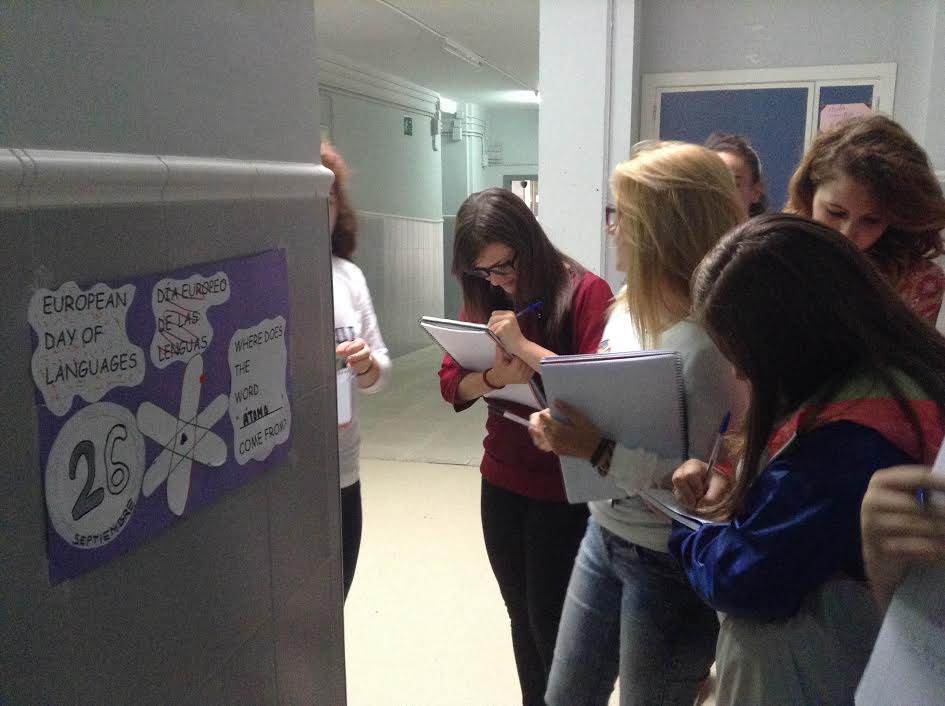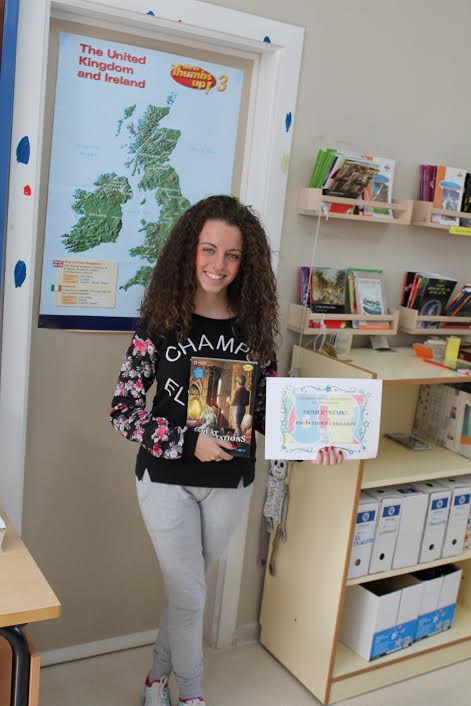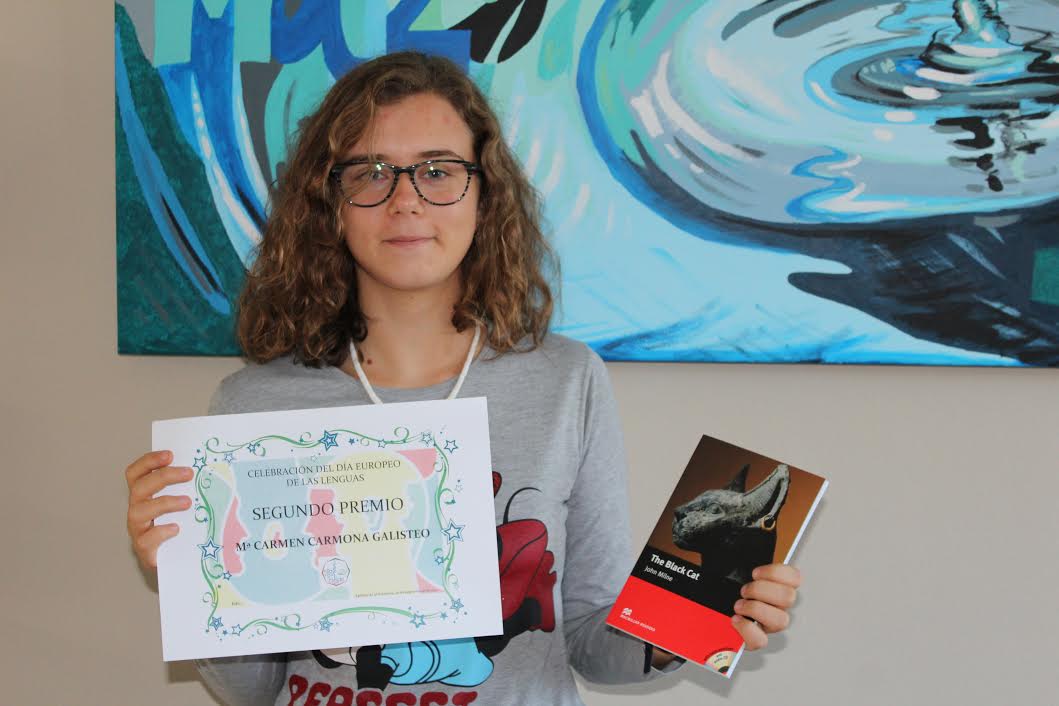 Como cada año, el 26 de septiembre se celebra el Día Europeo de las Lenguas,
cuyos objetivos fundamentales son fomentar el aprendizaje de los
idiomas en toda Europa, promover la diversidad lingüística y resaltar
las semejanzas que hermanan a las distintas lenguas, no solo por el
hecho de que muchas de ellas posean raíces comunes, sino por los
continuos préstamos lingüísticos que, a lo largo de los siglos, las han
enriquecido.
Como cada año, el 26 de septiembre se celebra el Día Europeo de las Lenguas,
cuyos objetivos fundamentales son fomentar el aprendizaje de los
idiomas en toda Europa, promover la diversidad lingüística y resaltar
las semejanzas que hermanan a las distintas lenguas, no solo por el
hecho de que muchas de ellas posean raíces comunes, sino por los
continuos préstamos lingüísticos que, a lo largo de los siglos, las han
enriquecido.
Por ello, desde la Coordinación del Proyecto
Bilingüe del IES Ipagro hemos puesto en marcha una actividad que ha
implicado a todos los cursos, destinada a conocer mejor la etimología y
origen de algunas palabras de uso cotidiano. Durante dos semanas, el
alumnado de los diversos grupos ha visitado los carteles que se han
expuesto por los pasillos del Centro. En este plazo de tiempo, cada
alumno/a ha buscado el origen de los vocablos propuestos y han aportado
nuevas palabras que, a lo largo de los siglos, se han ido introduciendo
en nuestra lengua. Así, han conocido términos procedentes del inglés,
francés, italiano, alemán, griego e incluso checo, que hoy son de uso
cotidiano para todos los hispanohablantes.
1º Premio: Paula Luque (4º C) 2º Premio: Carmen María Carmona (3º C)


Esperamos que la actividad haya resultado
interesante y haya resultado un estímulo para el conocimiento de las
lenguas. Agradecemos, además, la participación de todo el alumnado y del
profesorado implicado.
José Ángel Quintana Ramos
(Coordinador del Programa Bilingüe)




